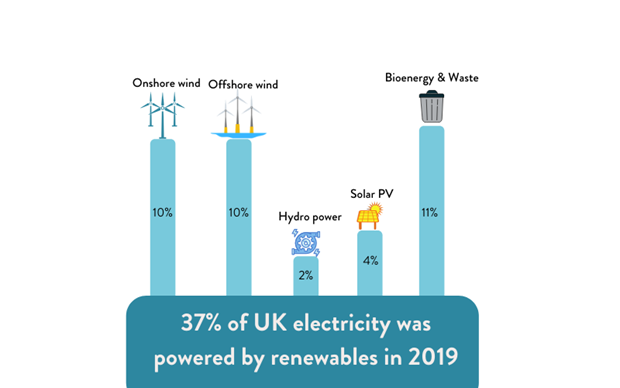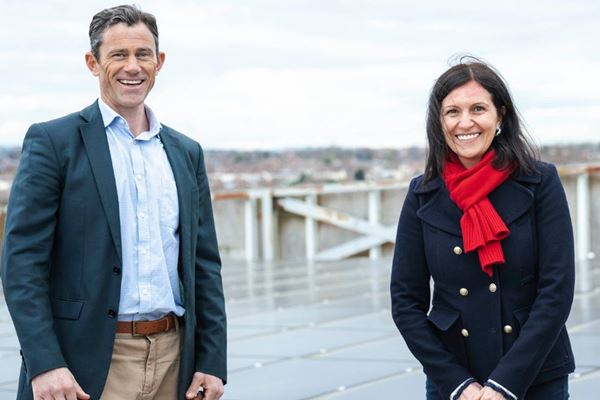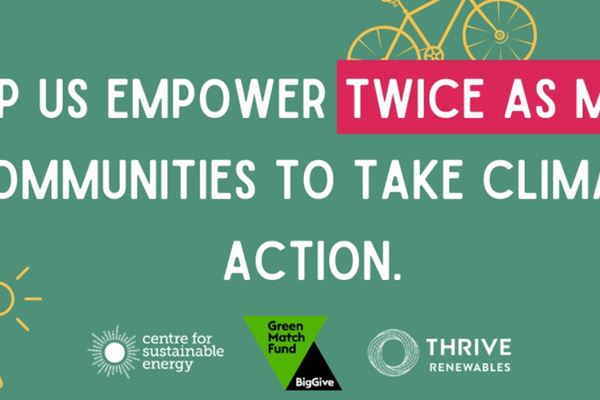According to government data which came out at the end of March, more than a third (36.9 per cent) of UK generation came from renewable sources in 2019, up from 33.0 per cent in 2018. But in stark contrast to the explosion of awareness and demand for action we saw from the public last year, the increase was modest – the smallest renewable capacity gain since 2010.1
The government committed to a legally binding ‘net zero’ target in 2019, to get us to a position where the UK’s total emissions are zero by 2050, although that does mean that what are deemed unavoidable emissions will be offset. A hugely positive move nevertheless and at last we are beginning to see changes in policy to reflect this ambition, after years of at best inaction and at worst hostility towards onshore renewables.
Most significant was the announcement at the beginning of March 2020 to amend the ‘Contracts for Difference’ (CfD) scheme to allow onshore renewables to compete for government backed clean energy contracts which provide the long-term price stability we need to invest in new projects. CfDs, which have driven the recent boom in offshore wind, reduce revenue uncertainty and reopen the door to lower cost funding, creating new opportunities for individual and community investors. They represent good value for the energy consumer too; when market prices are high, the additional revenue goes back to the government.
“With this scheme in place, we should be able to increase the number of new projects we can fund and build, contributing to the UK’s net zero commitments and ultimately lower energy bills for end users.” Matthew Clayton, Managing Director, Thrive Renewables.
The government is currently consulting on CfDs and we will be participating in that consultation and sharing our insight publicly. Frustratingly, England’s planning regime remains a major blocker for onshore wind. We are keen to promote and take part in a national debate on the part onshore wind can play in reaching net zero and working with the industry on best practice for engaging with communities to ensure they can have a real stake in projects close to them.
The whole world is experiencing exceptionally challenging times at the moment due to the Covid-19 pandemic. So many people are facing devastating personal tragedy and severe financial hardship. Thanks to the dedication of engineers who look after our wind and hydro power projects which are critical infrastructure generating electricity, Thrive is able to continue business as usual. Office-based staff are all working remotely and able to answer calls, deal with enquiries and continue progressing our investment strategy.
So we see it as our role to think about and action the recovery longer term, building on the solid foundations of the growth in renewables over the last 25 years, nurturing the green shoots of growing public and political awareness and building for a fairer, brighter energy future based on harnessing sunshine, wind and water power. To this end we continue to progress our new investments where it is responsible to do so and develop a healthy pipeline of potential new projects to fund.

1 - BEIS Energy Trends March 2020 (https://assets.publishing.service.gov.uk/government/uploads/system/uploads/attachment_data/file/875381/Energy_Trends_March_2020.pdf)



